Homeowners Insurance
Insuring your home

Determine how much insurance you need
Getting the proper amount of coverage when you choose a homeowner's policy can help prevent insurance hassles later.
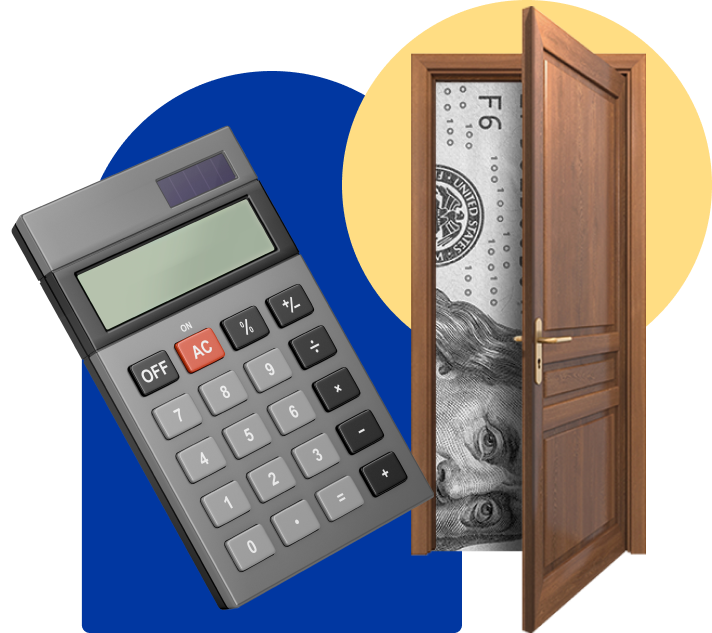
Compare home insurance companies
Get a feel for your options so you how know how to choose the best carrier for your home.

Get customized quotes for your home
Find out exactly what you can expect by getting accurate insurance quotes from top carriers.
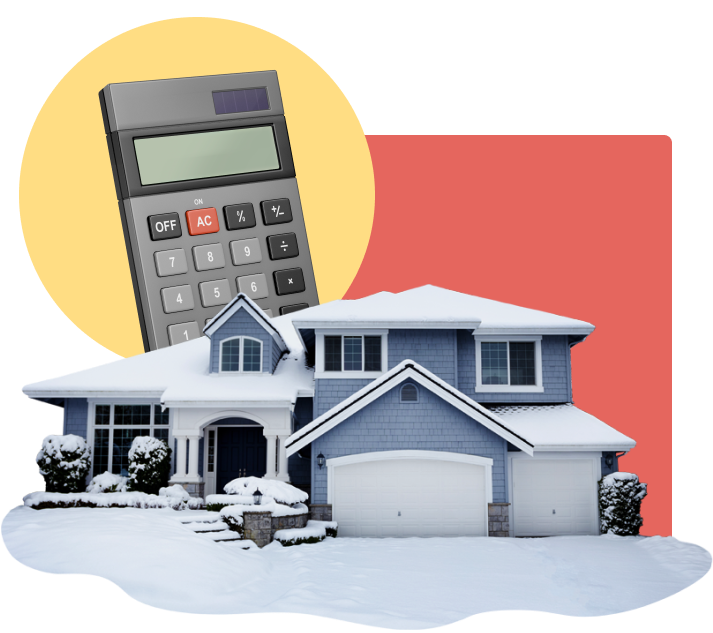
Explore coverage add-ons
Home insurance policies may not cover everything, like floods or home-based businesses. Check out this list for common exclusions you should be aware of
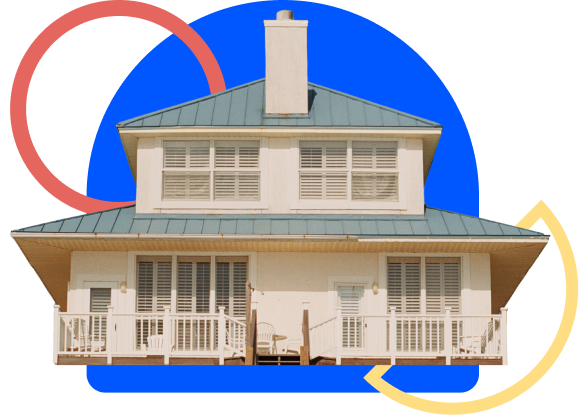
Purchase your home insurance
Once all the prep work is done, it's time to finalize your homeowners insurance and get that peace of mind. Here's how to make it happen.
Reviews from top homeowners insurance providers

Bankrate Rating = 3.8/5
Bankrate scores are objectively determined by our editorial team. Our scoring formula weighs several factors consumers should consider when choosing financial products and services.

Bankrate Rating = 4.3/5
Bankrate scores are objectively determined by our editorial team. Our scoring formula weighs several factors consumers should consider when choosing financial products and services.
Bankrate Rating = 3.2/5
Bankrate scores are objectively determined by our editorial team. Our scoring formula weighs several factors consumers should consider when choosing financial products and services.
Home Insurance Resources
Weather related home insurance coverages to consider
Latest Articles
-

HO-4 insurance: what it covers and who might need it
Find out if renters insurance may be the right choice for you.
7 min read Jul 26, 2024 -

Cost of living facts and statistics 2024
Although inflation is slowing, the cost of living remains high for many.
5 min read Jul 24, 2024 -
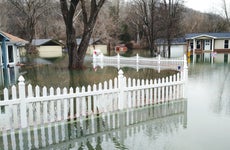
Understanding FEMA’s Risk Rating 2.0 system for flood insurance
FEMA’s Risk Rating 2.0 system is designed to produce fair flood insurance rates.
7 min read Jul 24, 2024 -
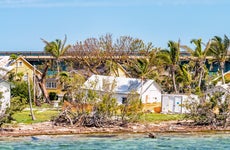
Does homeowners insurance cover hurricane damage?
Don’t wait for a hurricane to check your homeowners insurance coverage.
11 min read Jul 24, 2024 -
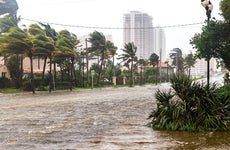
When is hurricane season in Florida?
Here’s what you should know about the 2024 hurricane season in Florida.
7 min read Jul 23, 2024 -

HO-1 insurance
An HO-1 does not offer much coverage and is not available in most states.
7 min read Jul 23, 2024 -

Extreme weather is transforming the insurance industry — here’s what one expert recommends
Bankrate asks an expert: how will extreme weather transform insurance in the U.S.?
7 min read Jul 22, 2024 -

How to estimate your home insurance cost
Bankrate investigates how home insurance is calculated, and more.
13 min read Jul 22, 2024 -

How to get homeowners insurance discounts
Wondering how to get discounts on your home insurance? Bankrate can help.
8 min read Jul 19, 2024 -
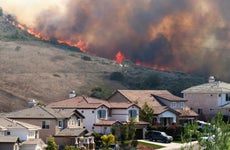
The impact of natural disasters on insurance rates in 2024
Will natural disasters in the U.S. become costlier than ever before? Bankrate explores.
12 min read Jul 17, 2024




